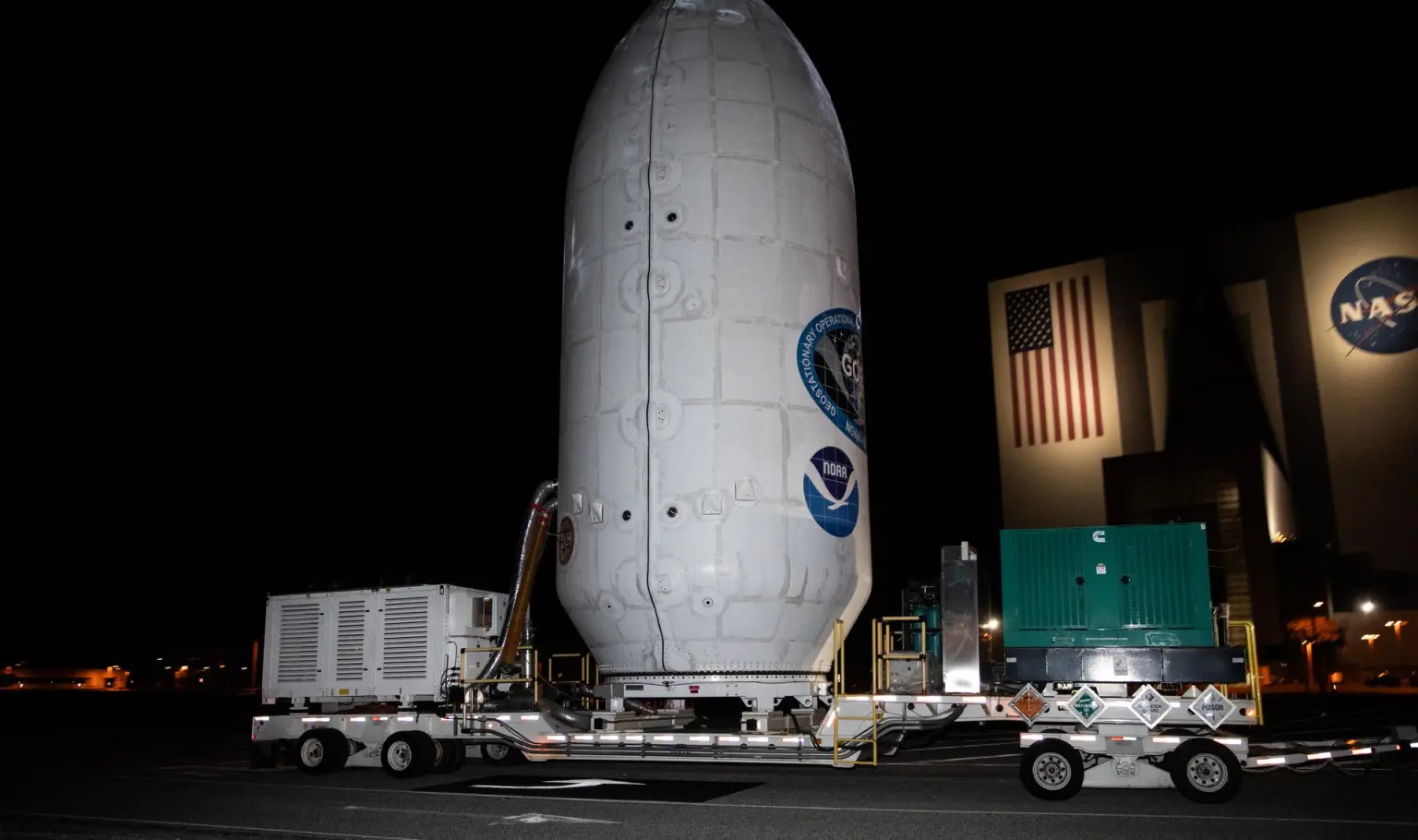NASA is about to launch the GOES-U satellite, the latest addition to the Geostationary Operational Environmental Satellite (GOES) family, which will improve weather monitoring for Earth and space.
This mission is scheduled for June 25, 2024 and aims to provide critical data for weather forecasting and solar activity monitoring.
The significance of NASA’s GOES-U launch
GOES-U satellite will be launched aboard the SpaceX Falcon Heavy rocket from Kennedy Space Center in Florida. This satellite is the latest addition to the GOES-R family and will play a vital role in providing continuous weather coverage western hemisphere, including monitoring tropical systems in the Pacific and Atlantic oceans. GOES satellites are critical to providing early warnings and forecasts to protect the one billion people who live and work in America.
Improved Solar Monitoring with the Compact Coronagraph-1
One of the key features the GOES-U satellite is the inclusion of the Naval Research Laboratory Compact Coronagraph-1 (CCOR-1). This advanced instrument will image the outer layer of the Sun’s atmosphere, known as the corona, to detect and characterize coronal mass ejections (CMEs). These solar events can have a significant impact on space weather, affecting satellites, power grids and communications systems on Earth.
Bill Murtagh, Program Coordinator for National Oceanic and Atmospheric Administration (NOAA) The Space Weather Prediction Center emphasized the importance of the coronagraph: “The images from the coronagraph are vital for us to detect the CME, measure it, feed the information into the model, and from the model predict the arrival if it impacts Earth.” He added: “The coronagraph that we’ve been relying on (LASCO) isn’t available many times because it’s a research instrument. It’s a single point of failure, so if it goes away tomorrow, we’d be in a bad situation.”
Elsayed Talaat, Director of NOAA Office for Space Weather Observationswent on to explain the instrument’s capabilities: “As we see these storms rising from the Sun, [coronagraphs] tell us there’s something big coming our way and we’ll put the characteristics of the coronal mass ejection into our models and project it to see if there’s going to be an impact here.”
Improved data transfer and reliability
New coronagraph on GOES-U will provide faster and more detailed data on solar activity. Unlike the aging LASCO instrument on the SOHO spacecraft, which can experience significant data transmission delays, CCOR-1 it is designed to provide images within 30 minutes of acquisition. This rapid delivery of data is crucial for timely space weather forecasts.
“We will have the ability for the first time to achieve an artificial eclipse, a total solar eclipse, every 30 minutes. This will now give us a really good capability,” Talaat pointed out. He added that the new instrument is built to reduce the effects that could be associated with larger solar storms, providing cleaner and more reliable data.
Preparing to launch
NASA will ensure GOES-U live broadcast launch and pre-launch activities. Key events include a science briefing, a NASA social panel, and a pre-launch press conference. The launch itself is scheduled for a two-hour window starting at 1 p.m June 25 at 5:16 PM EDT.
The The GOES-U mission emphasizes the importance of continuous advances in weather observation and space weather technologies. By improving our ability to observe and predict solar and atmospheric conditions, this satellite will play a vital role in protecting both ground and space infrastructure.
Talaat commented on the critical nature of these observations: “These observations are critical to the Space Weather Prediction Center’s (SWPC) ability to warn and forecast. Without these observations from space, we would be blind to where the sunspot activity is…we need to make these measurements in space.”
These efforts reflect a broader commitment to using advanced technologies to improve our understanding of environmental and space weather phenomena, ultimately contributing to more resilient and informed communities.
